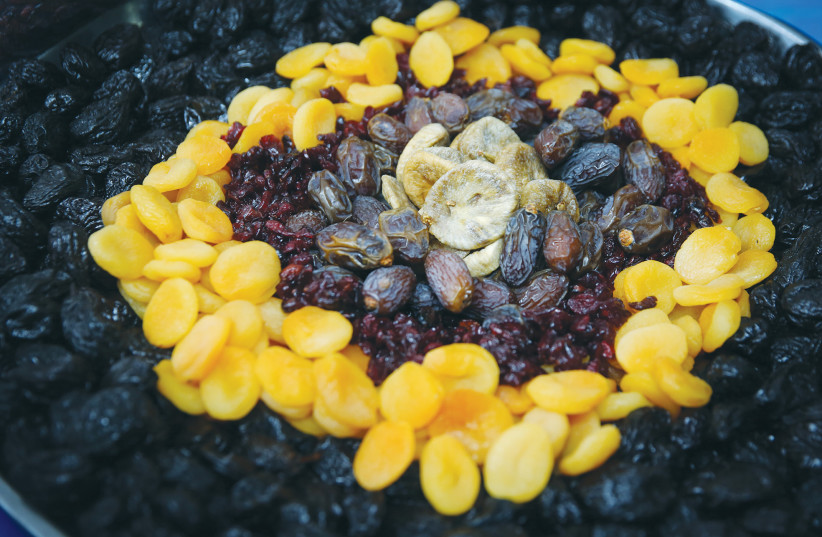Tu Bishvat, known as the New Year for the tree, is marked this year from Sunday evening until Monday at sunset.
The day is first mentioned in the Talmud in Tractate Rosh Hashana (2a) where it states that "Beit Hillel say: [The New Year for tree] is on the fifteenth of [the Hebrew month of Shvat]." Beit Shammai, another group of rabbinic scholars at the time, is recorded as having the opinion that the New Year for the tree is actually on the first day of the month of Shvat.
In terms of Jewish law, this day was used to mark how various tithes and offerings from fruit trees were divided. Fruits grown before Tu Bishvat were considered as fruits from the previous year, while fruits grown after Tu Bishvat were considered as fruits from the next year.
According to the Talmud, the date was chosen as it marked when most of the rain of the winter season had already fallen and fruits begin to emerge, even though the winter season in general continues for much longer. Any fruits grown after this date were considered to be growing from rains of the new year.
Many Jews have the custom on this day to eat fruits from the "seven species" associated with the Land of Israel in the Bible: Wheat, barley, grapes, figs, pomegranates, olives and dates.

The Kabbalists created a special ceremonial meal (seder) for Tu Bishvat, including songs, blessings and discussions abut the mystical aspects of various fruits and the seven species.
The famed Kabbalist Rabbi Isaac Luria, the Arizal, had the custom to eat 15 types of fruits on Tu Bishvat.
In modern day Israel, Tu Bishvat has become a day of environmental awareness, when many Israelis plant trees throughout the country.
This year is a Shmita (sabbatical) year when the land of Israel is left to lie fallow according to Jewish law. Tree planting is one of the agricultural actions prohibited during a Shmita year.
